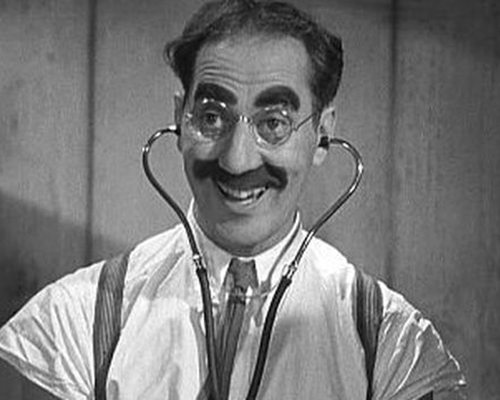For years womens’ shoes have leaned toward higher and higher heels, with the toe of the shoes becoming more and more narrowed as a statement of fashion. But, as is so common, there is a price to pay for “fashion”.
High heels cause many ills, not only of the feet, but of the entire musculoskeletal system. Heels that are too high position the feet in such a manner that all the weight is borne by the forefoot (the ball of the foot) and as the toe of the shoe is narrowed, the foot is forced into a space in which it neither fits nor belongs.
So just how high is too high? For most people, the foot can tolerate ¾”- 1” of heel; that is, the heel being higher than the forefoot. Any more than that and not only is the foot put in a position of stress, but every joint component above the feet are stressed as well.
Too high of heels interferes with the natural position of the bones and joints. Higher heels cause an abnormal walking pattern, as well as increased instability of the knee, and interference with the normal locking and unlocking mechanisms of the joint. Too high of a heel causes abnormal pelvic tilt that stresses the hips, as well as the low back, shoulders and neck.
Some 60% of women who regularly wear high heels complain of pain, particularly of the foot and ankle … and 42% of women admitted that they would wear a shoe they like even if it caused discomfort. Increased forefoot pressure and narrow toed shoes lead to the formation of Morton’s neuroma, ingrown toe nails, corns and hammertoes, and increases the deforming force on deformities such as bunions.
So ,if you’re going to wear high heel shoes, here are some tips that may help. Get the best fitting shoe that you can so when the heel is elevated and sliding forward in the shoes, it is less of an issue. Wear a thicker, wider heel for increased stability when walking and standing. Try and find shoes with increased thickness and padding under the ball of the foot. If the weight is going to be placed there, give it the best protection you can. Consider an open toed shoe as opposed to a closed toe shoe. The foot is going to be pressed forward, so an open toe may allow some “wiggle room”.
K.G. Gauntt, D.P.M
Podiatric Physician and Surgeon








